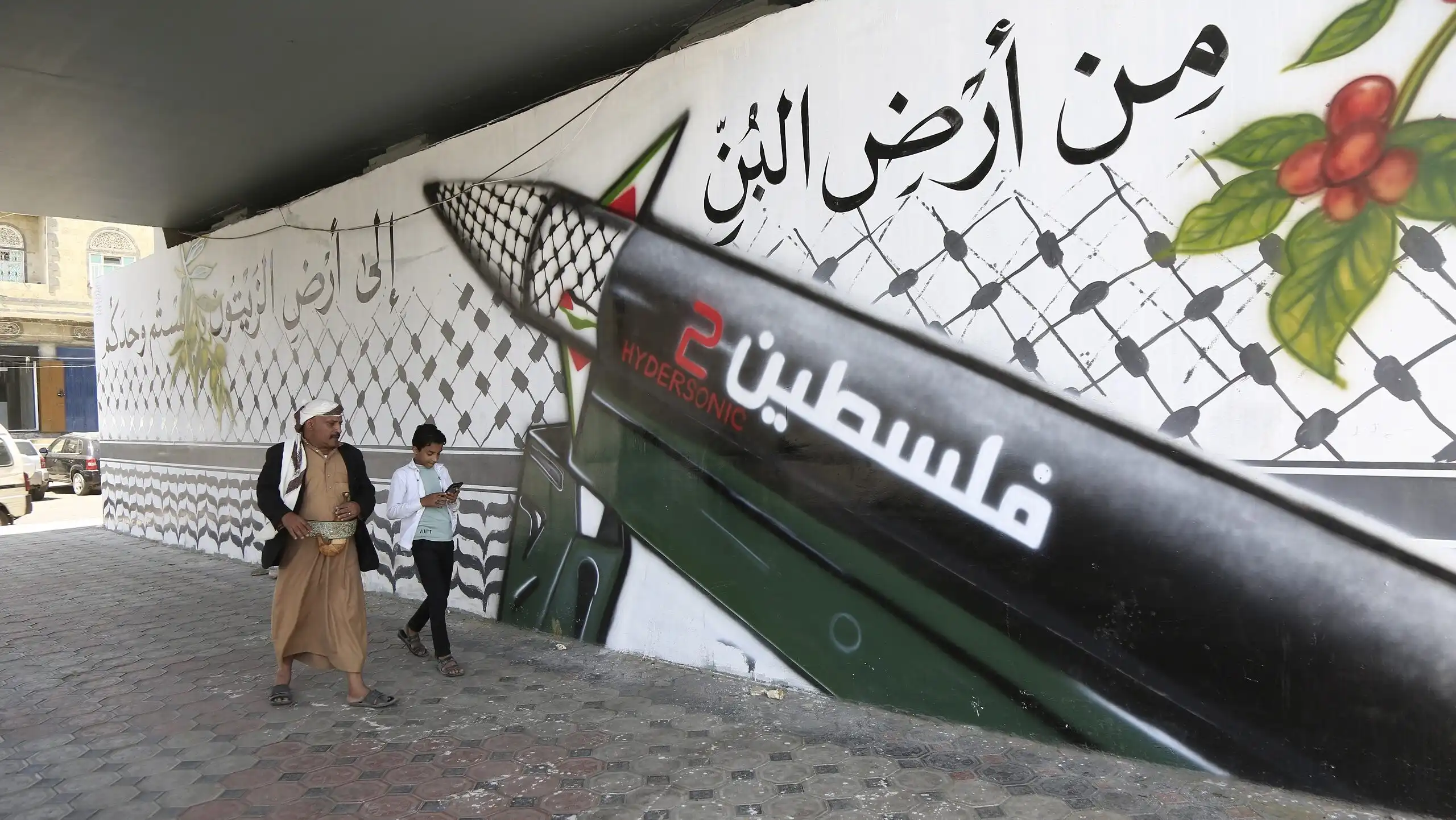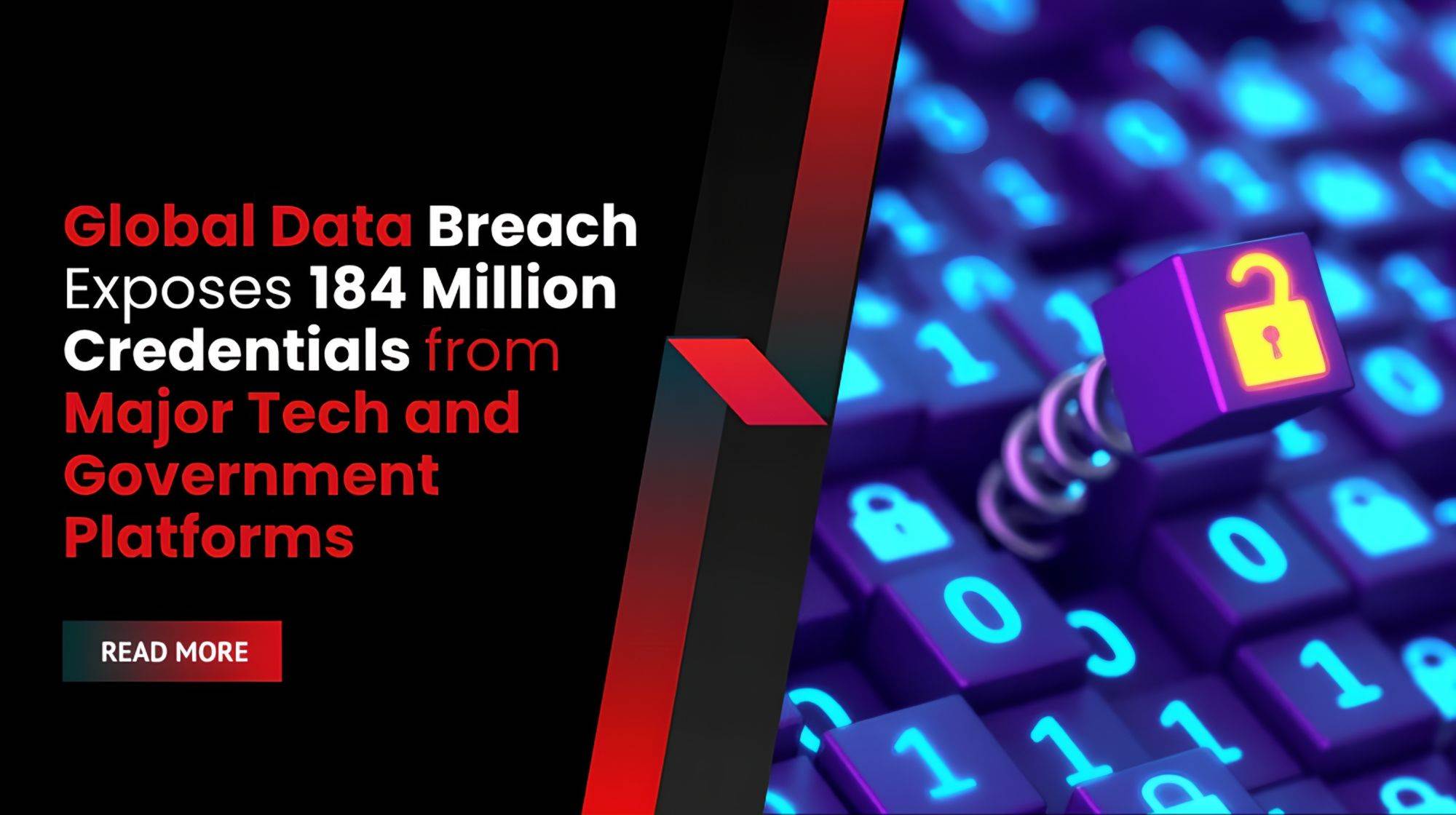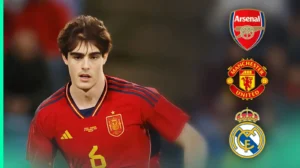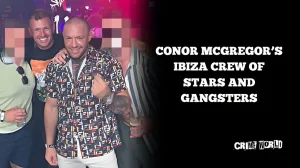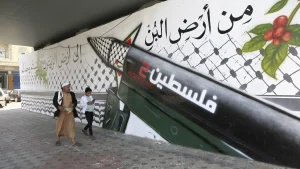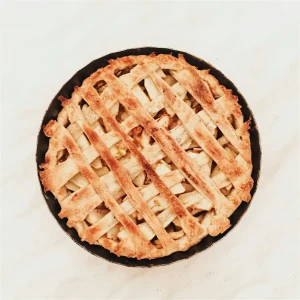The Pepsi Contest That Killed 5 People 1990: How a Marketing Campaign Turned Tragic
In 1990, a Pepsi contest in the Philippines spiralled into chaos, leaving five people dead and sparking a national controversy. Known locally as The Pepsi Contest 349, it marked a tragic marketing disaster.
What started as an innocent marketing gimmick ended in bloodshed, lawsuits, and a PR nightmare that rocked one of the world’s biggest brands.
This is the shocking story of the Pepsi 349 Incident — a grim reminder of how marketing missteps can have deadly consequences.
Video Credits to : https://www.youtube.com/@ProjectNightfallSTORIES
What Was the Pepsi 349 Contest?
In 1990, Pepsi Philippines launched a massive promotional campaign called “Number Fever” to boost its market share.
The idea was simple:
- Each Pepsi bottle cap had a three-digit number printed inside.
- Every day, Pepsi announced a winning number on TV and radio.
- The holder of the lucky cap could win up to 1 million Philippine pesos — about $40,000 at the time, a life-changing sum.
Pepsi had struggled against Coca-Cola in the Philippines, and they hoped this contest would turn the tide.
And it worked — at first. Sales skyrocketed, and Pepsi’s popularity soared.
But then came the mistake that changed everything.
The Fatal Error: 349
On May 25, 1992 (some sources mistakenly say 1990, but the deadly aftermath is traced mainly to 1992), Pepsi announced the winning number for the million-peso prize: 349.
Tens of thousands of Filipinos checked under their bottle caps — and to Pepsi’s horror, over 600,000 people found they had a “winning” cap.
Why?
Due to a printing error, Pepsi had accidentally produced hundreds of thousands of caps with the number 349, far more than intended.
Instead of a few lucky winners, there were suddenly hundreds of thousands demanding their million pesos.
The promised fortune turned into fury almost overnight.
Chaos, Riots, and Deaths
When Pepsi refused to pay the “winners,” anger erupted across the country.
- Protesters threw rocks at Pepsi bottling plants.
- Delivery trucks were hijacked and set on fire.
- Rallies and riots broke out in Manila and other cities.
In the violence that followed, at least five people lost their lives — including a schoolteacher who was killed by a grenade thrown at a Pepsi truck.
Pepsi tried to offer a consolation prize of 500 pesos (about $20) to each “winner,” but most felt insulted.
The outrage was unstoppable.
How Pepsi Handled the Fallout
Facing a public relations disaster, Pepsi Philippines claimed the 349 fiasco was the result of a computer glitch and an unauthorised bottling plant error.
They refused to honour all 349 caps, arguing that only caps with specific security codes were valid.
But the people weren’t buying it.
Massive lawsuits followed.
By 1993, over 22,000 civil suits and 689 criminal complaints had been filed against Pepsi.
Courts eventually ruled that Pepsi had not acted criminally, but the brand’s reputation in the Philippines was deeply scarred — some say permanently.
The Lasting Impact of the Pepsi 349 Scandal
The Pepsi 349 tragedy is still remembered today as one of the worst marketing disasters in history.
Here’s what it left behind:
- A cautionary tale for companies about the dangers of poor planning and execution in promotions.
- A lesson in crisis management, showing that how a company responds to mistakes can be just as important as the mistake itself.
- Deep mistrust toward big corporations among many Filipinos, especially around sweepstakes and promotional contests.
Even decades later, if you mention “Pepsi 349” in the Philippines, people remember.
For many, it symbolises broken promises and corporate betrayal.
Why the Pepsi 349 Story Still Matters
The deadly Pepsi contest is more than just a marketing “oops” moment — it shows how powerful brands can influence public emotions, for better or worse.
It also shows the thin line between excitement and anger when hopes are raised and then crushed.
In today’s world, where viral marketing and high-stakes giveaways are everywhere, the lessons of Pepsi 349 are more relevant than ever:
- Transparency matters.
- Mistakes must be owned up to quickly.
- Respect for customers isn’t optional — it’s survival.
Pepsi eventually recovered globally, but in the Philippines, the shadow of 349 still lingers.
The Deadly Price of a Marketing Mistake
The Pepsi 349 disaster remains one of the darkest moments in marketing history.
It’s a story of ambition, error, tragedy, and the limits of brand loyalty.
The next time you see a bottle cap contest or a flashy promotion, remember:
Behind the glitz and excitement, the stakes can be deadly serious.

